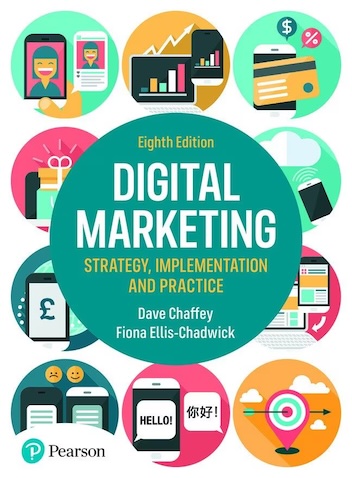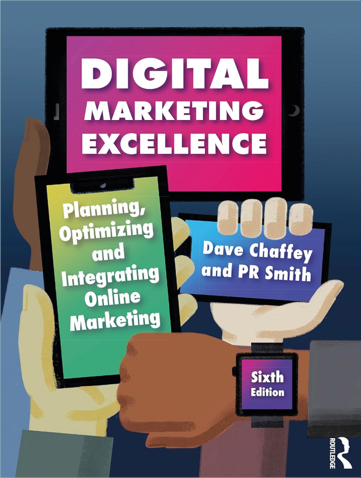More commonly known as Buyers’ remorse, this is when there is a feeling of regret after a purchase.
It tends to be more pronounced after purchasing significant, expensive items which can’t be readily exchanged.
According to psychologists, it commonly arises from cognitive dissonance when there is a conflict in the mind about a choice or decision.
Businesses should consider reducing dissonance, by anticipating some of the reasons behind the regret and reassuring about these factors, through features / benefits lists or customer stories and testimonials. After purchase, a customer onboarding programme can help the customer feel more confident about the purchase by explaining about how to enjoy or use the product and giving a sense of belonging in a community.






